
“Brothers will turn against their own brothers and hand them over to be killed.” —Matthew 10:21a
The Secession of Florida, January 10, 1861
 he State of Florida is no stranger to controversy. They are in the news today because of the high value the governor places on personal liberty and Constitutional fidelity. It is not the first time such has been the case. On January 10, 1861, Florida formally seceded from the Federal Union, joining six other states of the Deep South in forming an independent Confederacy. Most people, including Floridians, know little of the Confederate State of Florida since it was the least populous state and far from the major battlefields. Nonetheless, Florida played a key strategic role in the War Between the States as a haven for blockade runners, a breadbasket for the armies, and an occasional fight—including the second bloodiest battle of the war per number of participants! he State of Florida is no stranger to controversy. They are in the news today because of the high value the governor places on personal liberty and Constitutional fidelity. It is not the first time such has been the case. On January 10, 1861, Florida formally seceded from the Federal Union, joining six other states of the Deep South in forming an independent Confederacy. Most people, including Floridians, know little of the Confederate State of Florida since it was the least populous state and far from the major battlefields. Nonetheless, Florida played a key strategic role in the War Between the States as a haven for blockade runners, a breadbasket for the armies, and an occasional fight—including the second bloodiest battle of the war per number of participants!

Drawn c. 1565 by French artist Jacques Le Moyne de Morgues, this is one of the earliest and most influential maps of Florida and the surrounding region ever published. The fascinating story of this map begins with the ambitions of the influential Huguenot Admiral Gaspard de Coligny who, desirous of establishing a French foothold on the American mainland, sent the talented navigator Jean Ribaut to establish a colony.
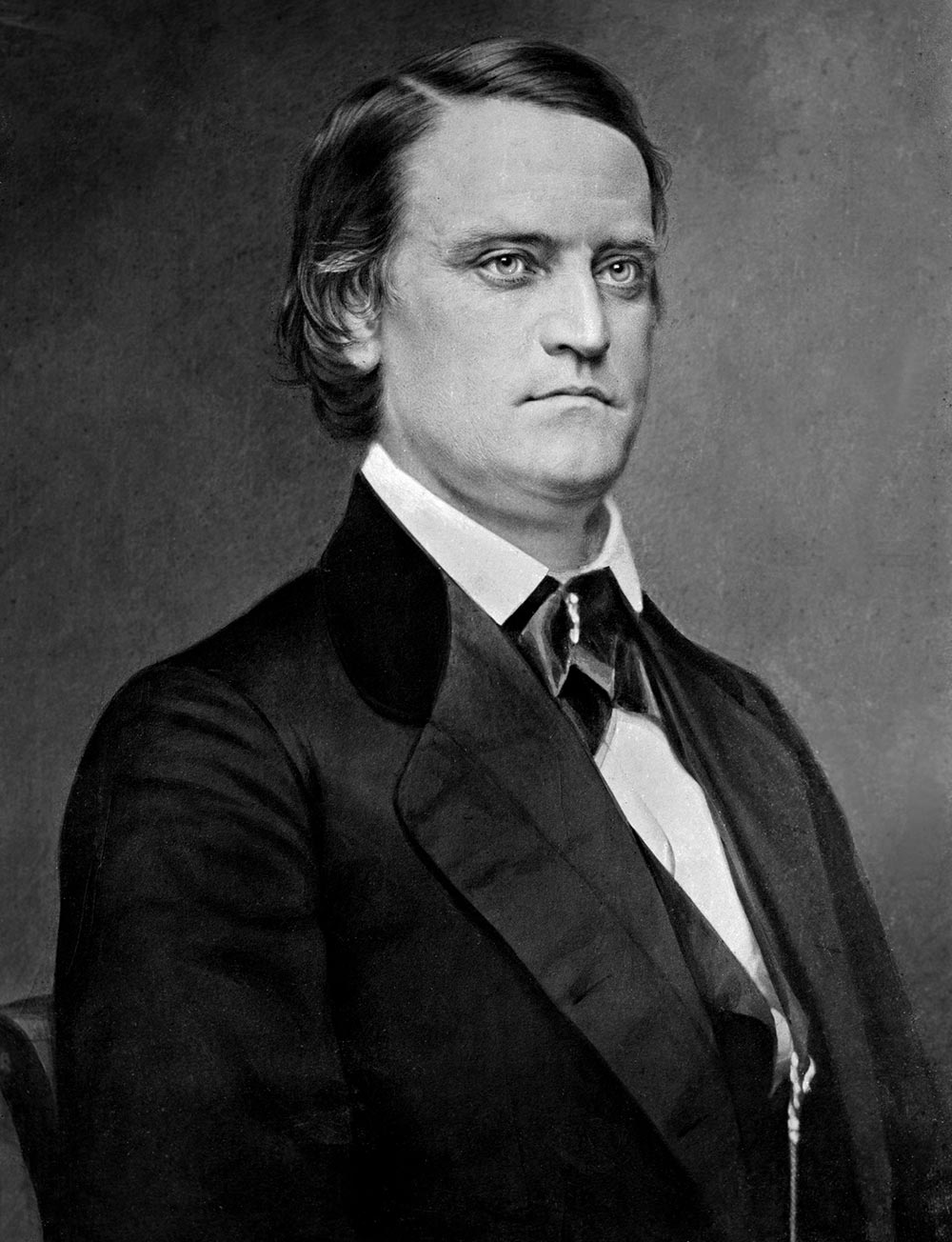
John C. Breckinridge (1821-1875) was an American lawyer, politician, and soldier, and served as the 14th and youngest-ever Vice President of the United States
|
The election of 1860 featured the Republican Party candidate Abraham Lincoln against the split Democratic Party with Vice President John C. Breckinridge representing the Southern faction and Stephen A. Douglas of Illinois, the titular leader of the Party. A fourth candidate of an ad hoc party, the Constitutional Union, and also a southerner, John Bell of Tennessee, filled out the slate. The Republican Party itself was only six years old but had made a surprisingly good run four years earlier. They were a conglomerate of special interest groups—former Whigs, Free-Soil Party faithful, Abolitionists, and others. Their platform contained positions which the South considered inimical to their interests, and threatened to leave the Union if Lincoln were elected. In Florida, Southern Democrat Breckinridge received more than 62% of the vote, and Bell got the rest. The Republican Party was not even on the ballot, though they won the general election with less than 40% of the U.S. popular vote, but more than enough of the Electoral College.
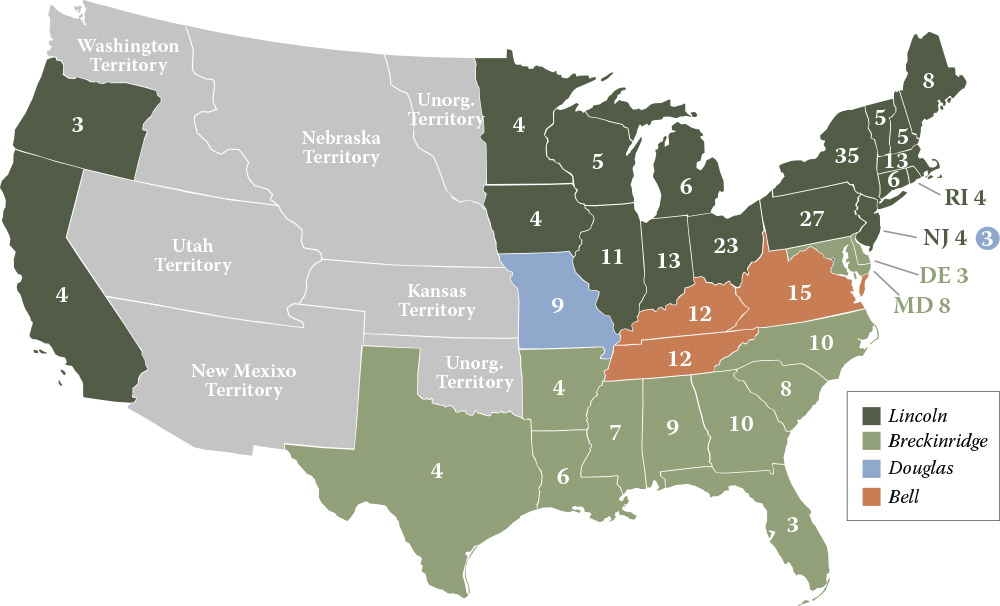
The Electoral College results from the 1860 election where Abraham Lincoln won with just under 40% of the popular vote
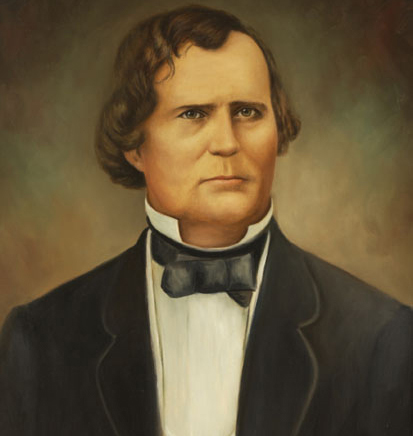
Madison Starke Perry (1814-1865) served as Florida’s 4th Governor from 1857-1861
|
On November 26, the Florida Governor, Madison Starke Perry asked the state legislature to call for the election of delegates to a secession convention to explore the possibility of leaving the Union. Florida’s Senators, Yulee and Mallory, both in favor of secession, sought information in Washington D.C. concerning the United States Forts on Florida soil, soon to be taken by the Florida militia army being formed. Most of the forts would succumb without fanfare. Several would remain in Union hands throughout the coming war.
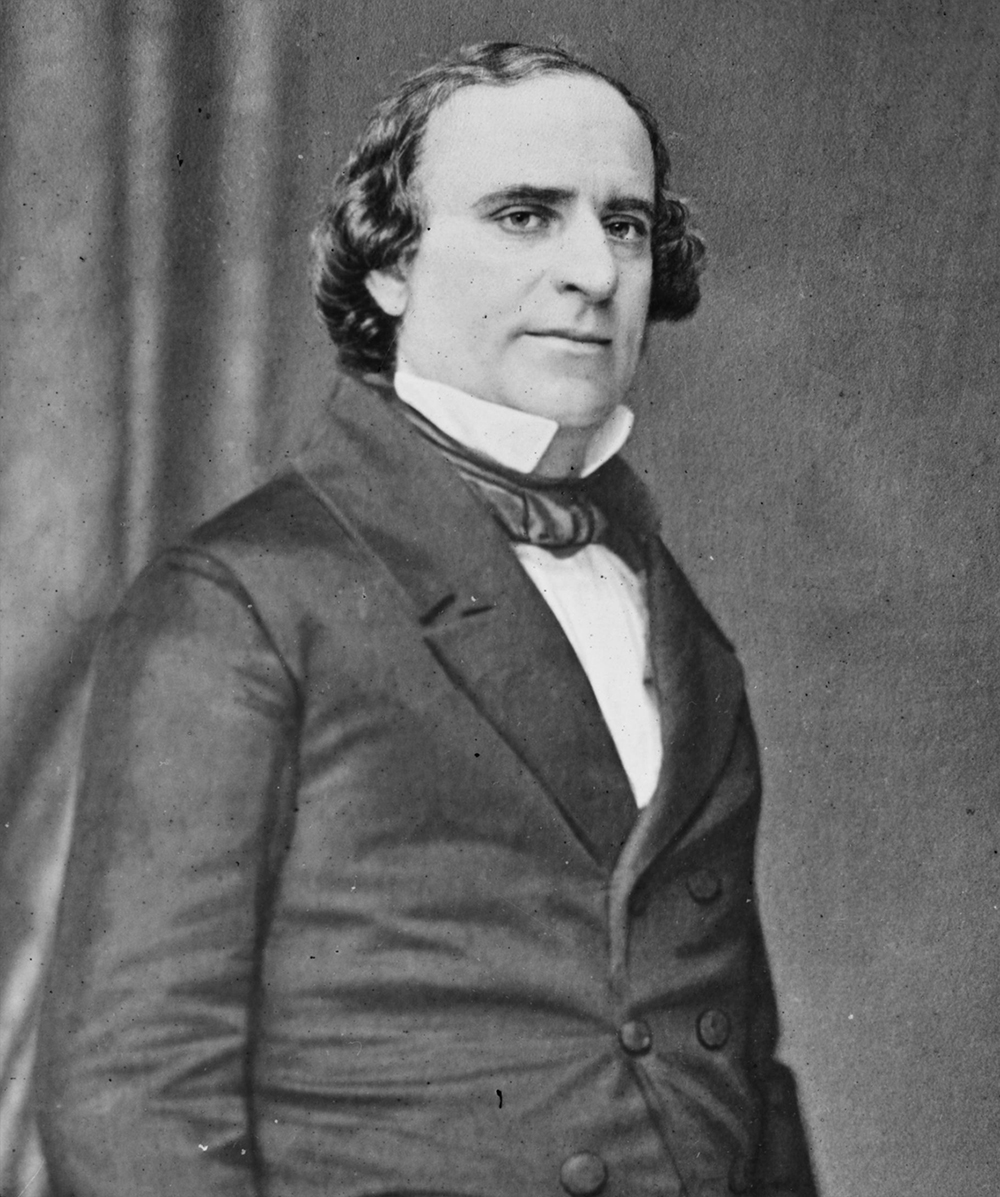
Florida Senator David Yulee (1810-1866)
|
|
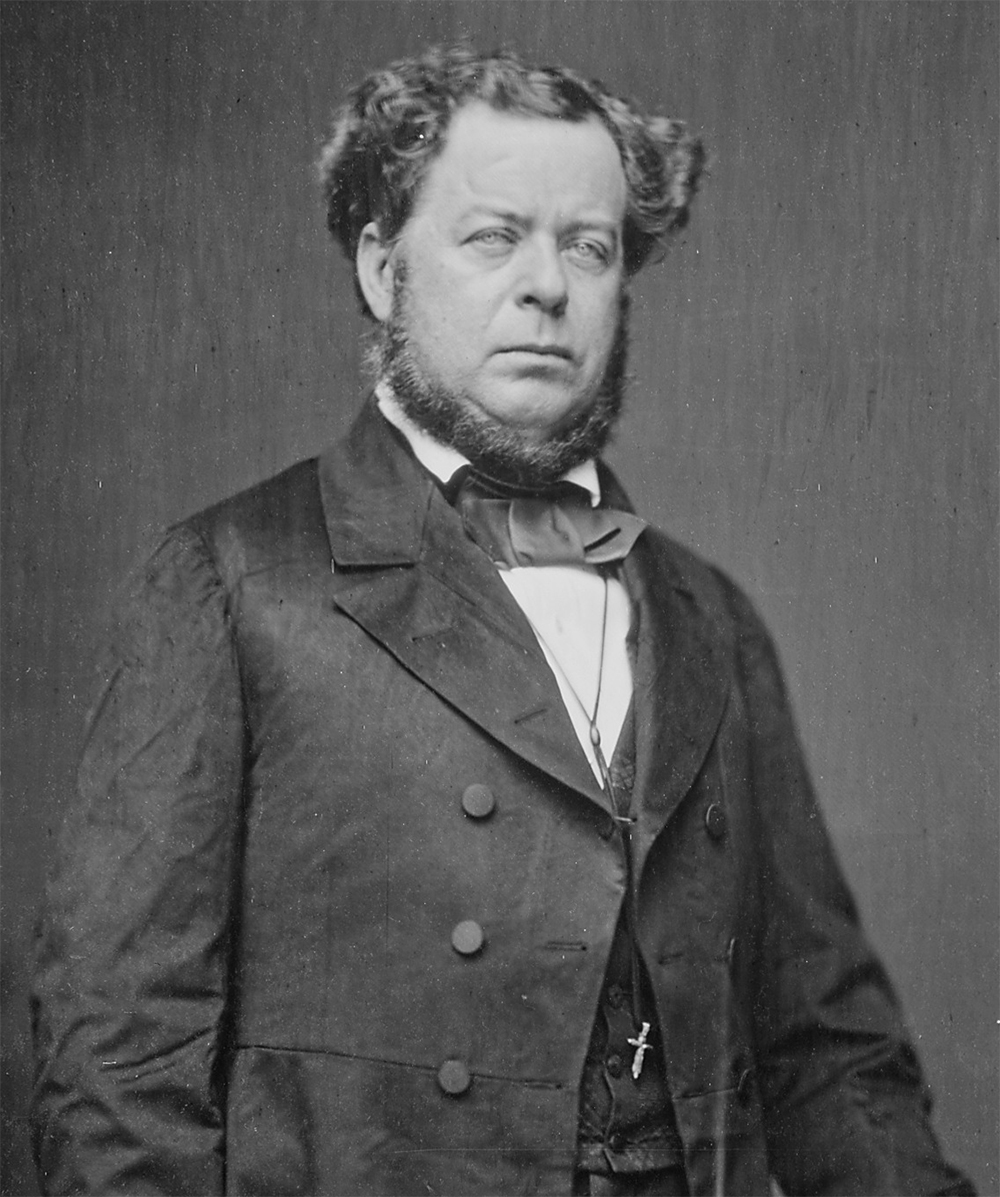
Florida Senator Stephen Mallory (1812-1873)
|
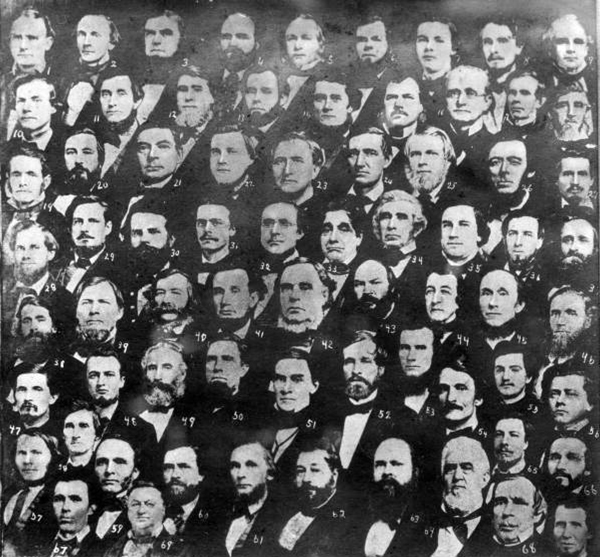
Composite of the men who attended the 1861 Florida secession convention
|
The 1860 census indicated there were about 140,000 residents in the state, 77,000 whites and 63,000 black, both slave and free. The state was primarily agricultural, with a number of large plantations and cattle ranches, especially in the center of the state. The Florida secession convention assembled in Tallahassee on January 3, 1861. Emotions ran high for secession as speeches for just such a measure proclaimed Floridian independence. On January 10, the Ordinance of Secession passed 62-7 and was signed publicly the following day. Florida became the third state, behind South Carolina and Mississippi, to leave the Union. Efforts to raise regiments began immediately, in case of retaliation by the new government in Washington. Both senators promptly resigned and returned to Florida. Stephen Mallory would eventually become the Confederate Secretary of the Navy, an excellent choice as it turned out; Senator David Yulee, raised in a Sephardic family and served in Congress as the first Jewish Senator, returned to his business interests, especially railroads for the duration of the war. (An aside: Yulee converted to Christianity when he married a Kentucky girl and they raised their children as Episcopalians.)

Handwritten copy of the Ordinance of Secession passed on January 10, 1861 by the members of the Florida Convention of the People (commonly referred to as the Secession Convention)
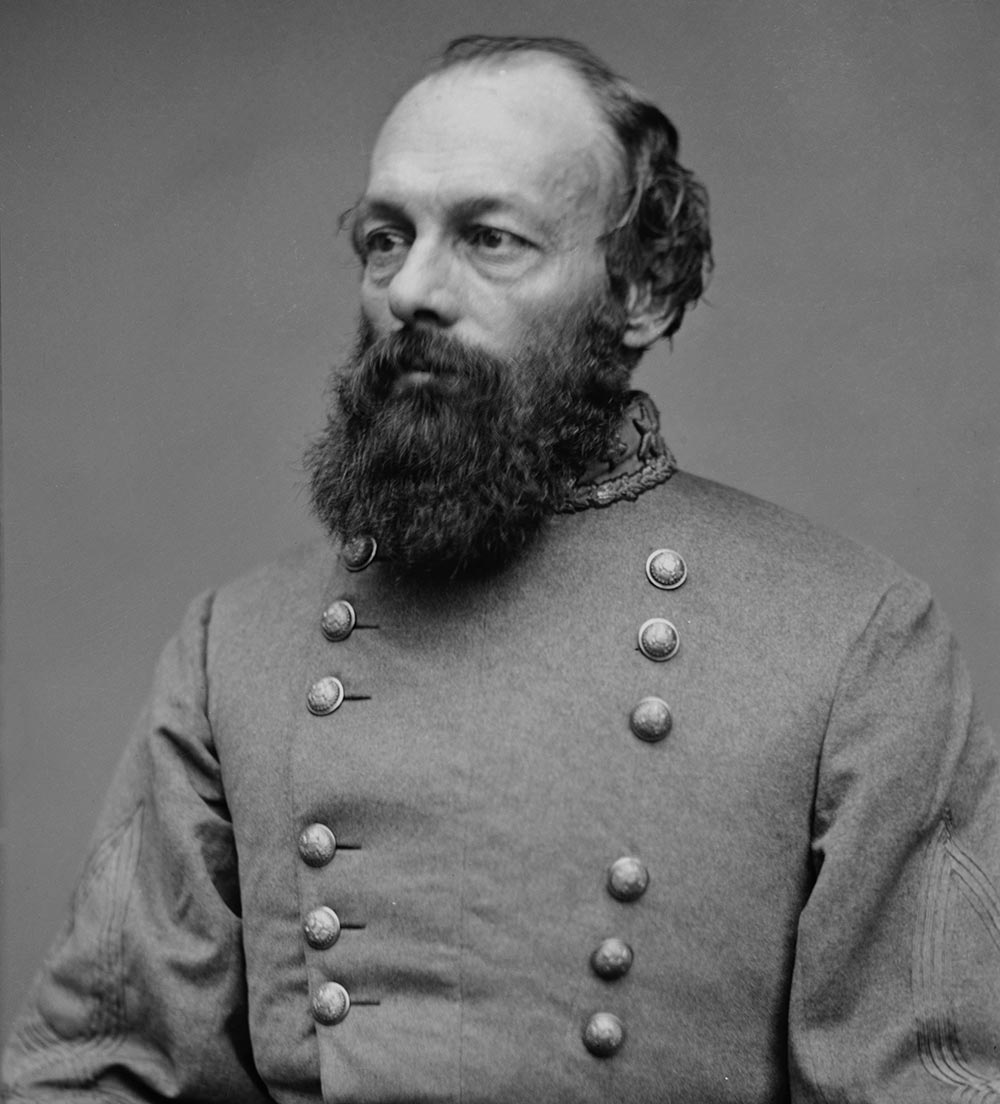
General Edmund Kirby Smith (1824-1893), officer in the Confederate Army and native of St. Augustine, Florida
|
Regiments of Floridians served in both major Confederate armies, and a number of men of the Sunshine State rose to generalship, Edmund Kirby Smith of St. Augustine becoming a Full General and in command of all the CSA armies of the trans-Mississippi. His was the last major army of the Confederacy to surrender. Much of the military action in Florida involved small groups of troops and raids against outposts and foraging columns. Union troops captured Jacksonville and St. Augustine early in the conflict, and fought a battle in Gainesville. The state supplied the CSA armies with beef and provender, the last major “bread-basket” of the Confederacy after the destruction of the Shenandoah Valley in Virginia.
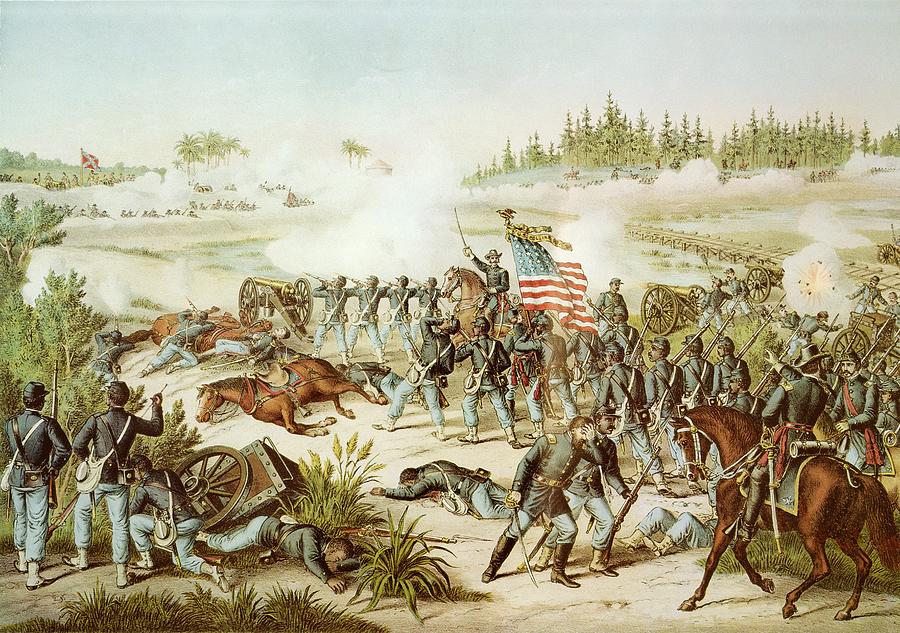
The Battle of Olustee, February 20, 1864
Floridians witnessed one major campaign in 1864 when a powerful Union army marched along the railroad from Jacksonville westward toward Tallahassee. The Confederate army that was sent to intercept them was made up mostly of Floridians and Georgians, who met the enemy at a rail depot known as Olustee, near Lake City. The succeeding clash of arms resulted in the largest battle in Florida, in which more men were killed and wounded in the Union army, for the size of the forces involved, than all battles of the Civil War but one. They lost 34%, an enormously bloody affair. Driven back to the coast, it proved the last major attempt of the Federals to seize Tallahassee, one of only two Confederate capitols never captured by Yankees.

Reenactment of the Battle of Olustee, one of the highlights of Landmark Events’ annual
Pirates, Presidents, Conquistadors and More Tour
Landmark Events conducts a history tour in northeastern Florida every February, ending up at the Olustee battlefield, at one of the very best Civil War reenactments in the United States, in commemoration of the men of both sides who fought there in February 20, 1864. Civil War reenactments are on the wane, with all the opposition to remembering our history, but such is not the case in Florida. Join us!
|
Join us next month in sunny Florida as we visit the magnificent Castillo de San Marcos in St. Augustine, Ft. Caroline, the French Huguenot colony at Jacksonville, and a top-notch Civil War reenactment at Olustee Battlefield. Learn More > |
|
 |

Image Credits:
1 1591 Florida Map (Wikipedia.org)
2 John C. Breckinridge (Wikipedia.org)
3 1860 Electoral College Map (Wikipedia.org)
4 Madison Starke Perry (Wikipedia.org)
5 Senator David Yulee (Wikipedia.org)
6 Senator Stephen Mallory (Wikipedia.org)
7 Florida Secession Convention (Wikipedia.org)
8 Florida Ordinance of Secession (Wikipedia.org)
9 Battle of Olustee (Wikipedia.org)
10 Edmund Kirby Smith (Wikipedia.org)
|







